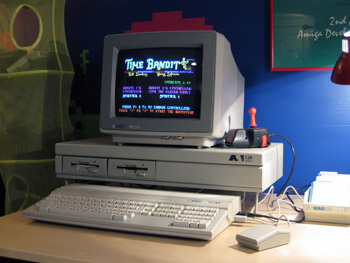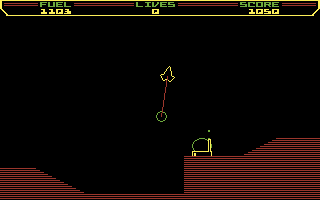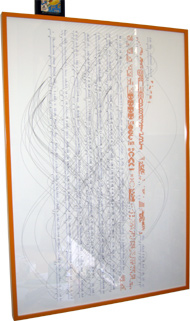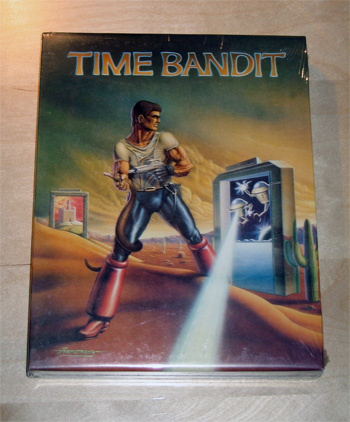I’d been looking for it for eight years, and I finally got it. A MYST Channelwood Poster.
If you don’t know what MYST is, God help you. Channelwood is one of the “ages” of MYST. My ex-girlfriend and I solved MYST in a 17 hour session stretched across two days back in 1994. I consider that MYST experience to be the most immersive gaming experience of my life.
I first saw the Channelwood Poster on a dated (dead) Cyan store page. It perfectly captured the MYST experience in roughly 24×36-inch form. But it was no longer for sale. A year later I saw it on eBay and bid. High. I got outbid. It went for over $300. I encountered only one other, again on eBay, and got outbid – again, it went for over $300.
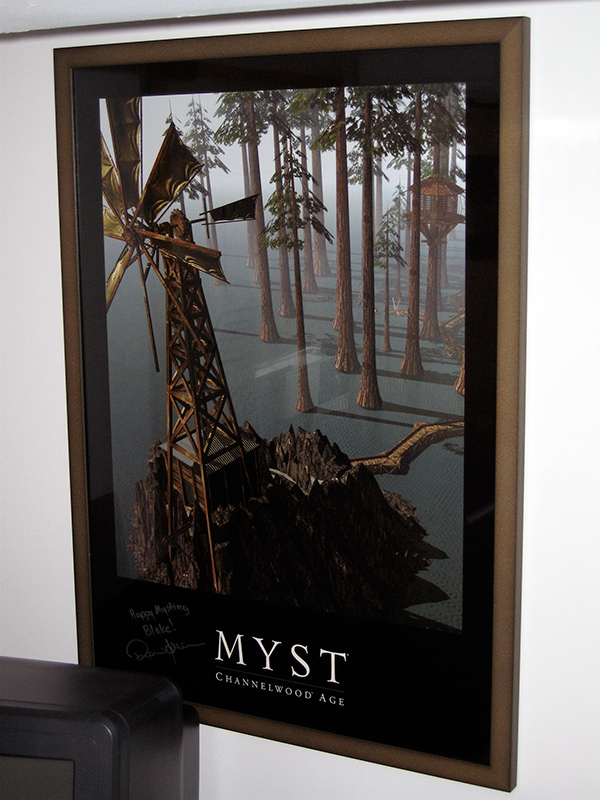 Over the years I’ve posted on various gaming forums looking for this poster and a couple months ago someone suggested I email a certain particularly kindhearted woman who is more or less the “office mom” of Cyan Worlds. After discovering her name, I guessed her email address and off went my query. She responded and, as it turns out, they had THREE left in the Cyan Worlds dungeon. I pleaded with her to sell it to me and she said she’d check with Rand Miller, co-creator of MYST. On that same day I sent this kind soul a dozen yellow spring tulips from a local Mead, Washington florist to underscore my begging. As it turns out, Rand Miller noticed them on her desk and asked her about them. She explained what it was all about and he agreed to give me one of the last Channelwood Posters for a donation to the Cyan party fund of an undisclosed amount. The kicker? Rand signed the poster to me! I happily obliged and days later the poster, in excellent condition, arrived at my home.
Over the years I’ve posted on various gaming forums looking for this poster and a couple months ago someone suggested I email a certain particularly kindhearted woman who is more or less the “office mom” of Cyan Worlds. After discovering her name, I guessed her email address and off went my query. She responded and, as it turns out, they had THREE left in the Cyan Worlds dungeon. I pleaded with her to sell it to me and she said she’d check with Rand Miller, co-creator of MYST. On that same day I sent this kind soul a dozen yellow spring tulips from a local Mead, Washington florist to underscore my begging. As it turns out, Rand Miller noticed them on her desk and asked her about them. She explained what it was all about and he agreed to give me one of the last Channelwood Posters for a donation to the Cyan party fund of an undisclosed amount. The kicker? Rand signed the poster to me! I happily obliged and days later the poster, in excellent condition, arrived at my home.
To prevent a flood of random emails sent to Cyan Worlds, I will tell you that I have been told that the two remaining copies of this strongly sought after poster are going to be sold (likely for substantial sums) at a special, upcoming Cyan Worlds event. So…please do not pester this wonderful woman whom I leave nameless.
I hope you enjoyed my tale. This is unquestionably the gem among my poster collection.
I am currently replaying MYST on my Sony PSP, here 13 years later. Good stuff.

